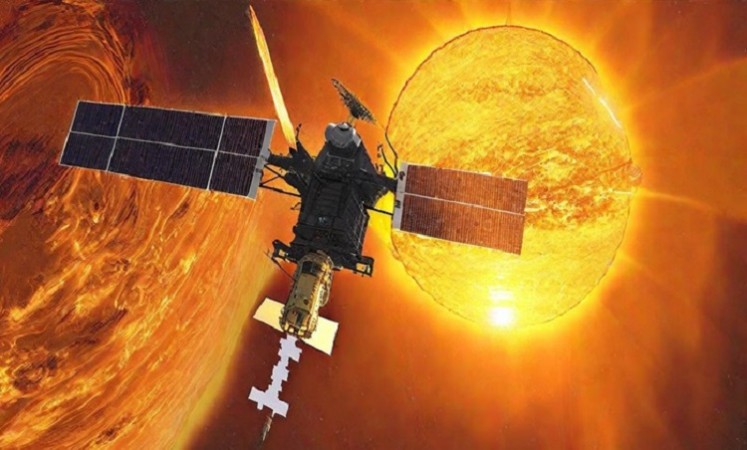
BANGALORE: In a significant stride for India's space exploration endeavors, the Indian Space Research Organisation (Isro) achieved a noteworthy milestone with the commencement of operations of the Aditya Solar wind Particle Experiment (ASPEX) payload aboard the Aditya-L1 satellite.
The ASPEX, a crucial component comprising two distinct instruments—the Solar wind Ion Spectrometer (Swis) and the SupraThermal and Energetic Particle Spectrometer (Steps)—marked its operational success with the activation of the Swis instrument on November 2, 2023. This follows the earlier activation of the Steps instrument on September 10, 2023. Both instruments are reported to be functioning optimally.
The Swiss instrument, incorporating two sensor units each with a 360-degree field of view, operates in perpendicular planes, enabling comprehensive observations. Isro confirmed its successful measurement of solar wind ions, primarily focusing on protons and alpha particles.
Providing a glimpse into solar wind behavior, an energy histogram derived from Swis data collected over two days in November 2023 depicted variations in proton (H+) and alpha particle (doubly ionized helium, He2+) counts. These measurements, taken at nominal integration times, present a detailed snapshot of solar wind dynamics.
The directional precision of the Swis instrument allows precise measurements of solar wind particles, significantly aiding in understanding solar wind properties, underlying mechanisms, and their potential effects on Earth.
Isro highlighted that Swis's observations regarding fluctuations in the proton and alpha particle number ratio hold promise in indirectly signaling the arrival of Coronal Mass Ejections (CMEs) at the Sun-Earth Lagrange Point L1. The increased alpha-to-proton ratio is deemed a crucial marker for the passage of interplanetary coronal mass ejections (ICMEs) at the L1 point, contributing significantly to space weather studies.
Aditya-L1, India's inaugural dedicated solar mission, embarked on its journey on September 2, launching from the Satish Dhawan Space Centre (SDSC) on Sriharikota Island in Andhra Pradesh.
Having traversed approximately 1.5 million km over 125 days from Earth, the spacecraft is expected to be positioned in a Halo orbit around the Lagrangian point L1, positioned closest to the Sun.
ISRO's Chairman, S Somnath, recently stated that the Aditya L1 spacecraft is approaching its final phase, with maneuvers slated to complete its entry into the L1 point by January 7, 2024.